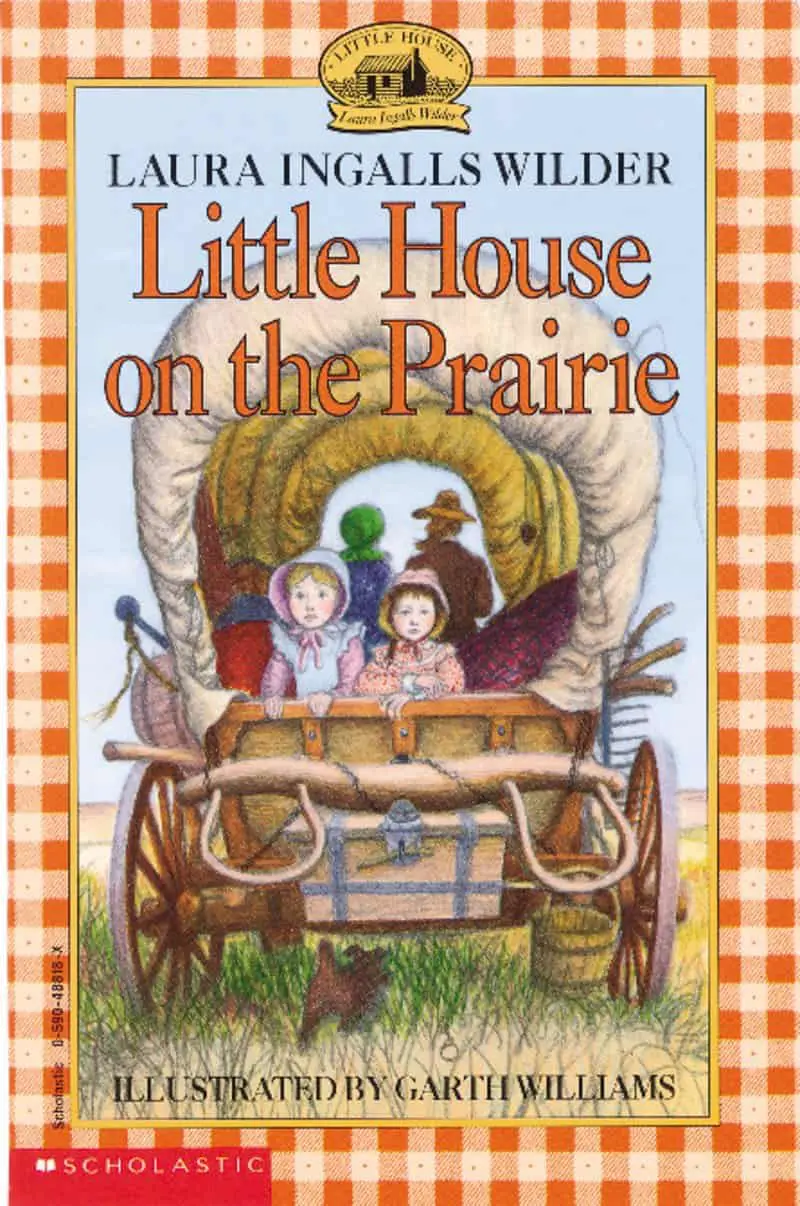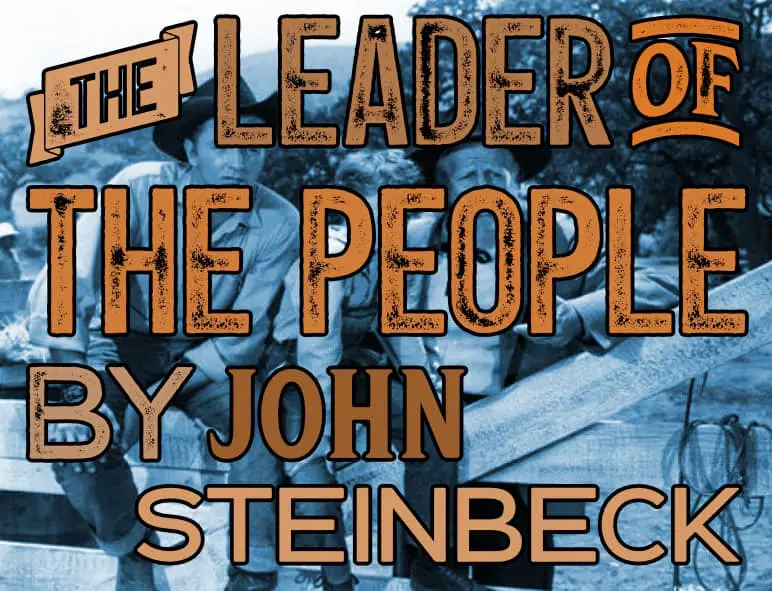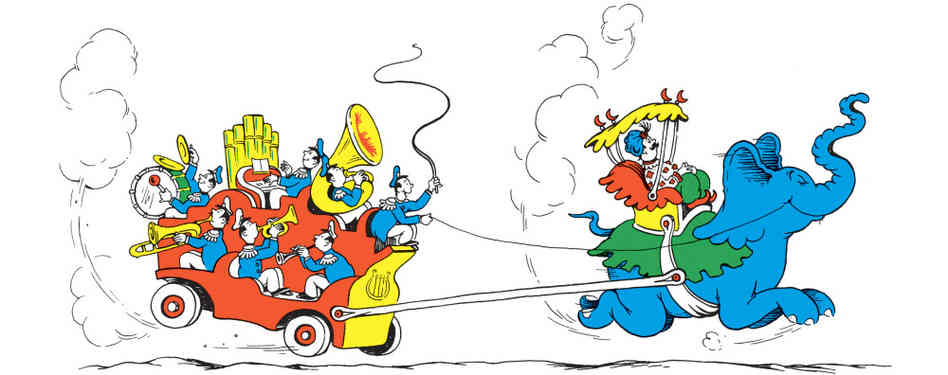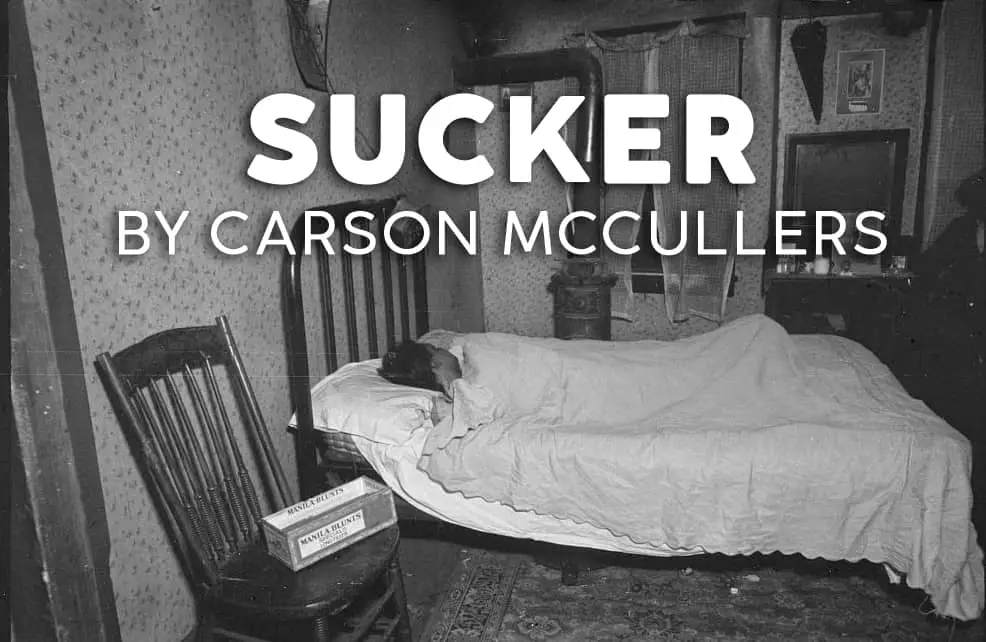-
The Found Boat by Alice Munro Short Story Analysis
Short story “The Found Boat” by Alice Munro can be found in Munro’s 1974 collection Something I’ve Been Meaning To Tell You.
-
The Flats Road by Alice Munro Short Story Analysis
“The Flat’s Road” is a short story by Canadian author Alice Munro. This story opens Munro’s 1971 collection Lives of Girls and Women.
-
Walker Brothers Cowboy by Alice Munro Short Story Analysis
“Walker Brothers Cowboy” is the first short story in Alice Munro’s first short story collection, Dance of the Happy Shades, published in 1968.
-
A Real Life by Alice Munro Short Story Analysis
“A Real Life” by Canadian author Alice Munro first appeared in the February 10, 1992 edition of The New Yorker.
-
Little House On The Prairie Analysis

Should parents expose our modern kids to Little House On The Prairie, given the uncomfortable realities?
-
Court In The West Eighties by Carson McCullers Analysis

Have you ever lived in close quarters with strangers? Perhaps you went out of your way not to know these people, but in the name of etiquette rather than aloofness. There’s something discomfiting about living in a stranger’s pocket. Like commuters on a packed train, we avoid each other’s gaze. Failure to know our neighbours […]
-
Back For Christmas by John Collier Analysis

As soon as I read “Back For Christmas” by John Collier (1939) I thought of Roald Dahl. Sure enough, I google both names in a single search and learn that, for Dahl, among many other male writers, Collier is listed as a heavy influence. Credit where credit is due, though: Roald Dahl’s two most famous […]
-
The Secret Life of Walter Mitty by James Thurber Short Story Analysis

“The Secret Life of Walter Mitty” (1939) is a short story by American humorist James Thurber. The story has been adapted several times for film, most recently in 2013. I haven’t seen the films but it’s interesting someone financed feature length movies out of a story so short — “Walter Mitty” is 2,512 words. “Brokeback […]
-
The Leader of the People by John Steinbeck

The Red Pony (1933) by John Steinbeck is described as an episodic novella, or interconnected short stories. “The Leader of the People” is the final work in the four interrelated stories in The Red Pony (1937, 1945). I really enjoyed this story from The Golden Argosy collection (as recommended by Stephen King), as it still […]
-
A Rose For Emily by William Faulkner Short Story Analysis

“A Rose For Emily” is a short story by Mississippi born William Faulkner, first published 1930. I didn’t know of the short story when I listened to the podcast Shit Town.
-
And To Think That I Saw It On Mulberry Street by Dr Seuss Analysis

And To Think That I Saw It On Mulberry Street was Ted Geisel’s first book. Well, he’d written an abecedary but failed to interest publishers in it. It took a while to find a publisher for this one, too, but compared to what author/illustrators are up against today, I’m guessing 20 rejections is actually pretty good. Dr […]
-
I Am Waiting by Christopher Isherwood Analysis
What might the ‘inverse of a superhero story’ look like? What if superpowers are given to ordinary men who do nothing with them? You may know Christopher Isherwood’s name from the film A Single Man or Christopher and His Kind. I Am Waiting is one of two short stories Isherwood had published in The New […]
